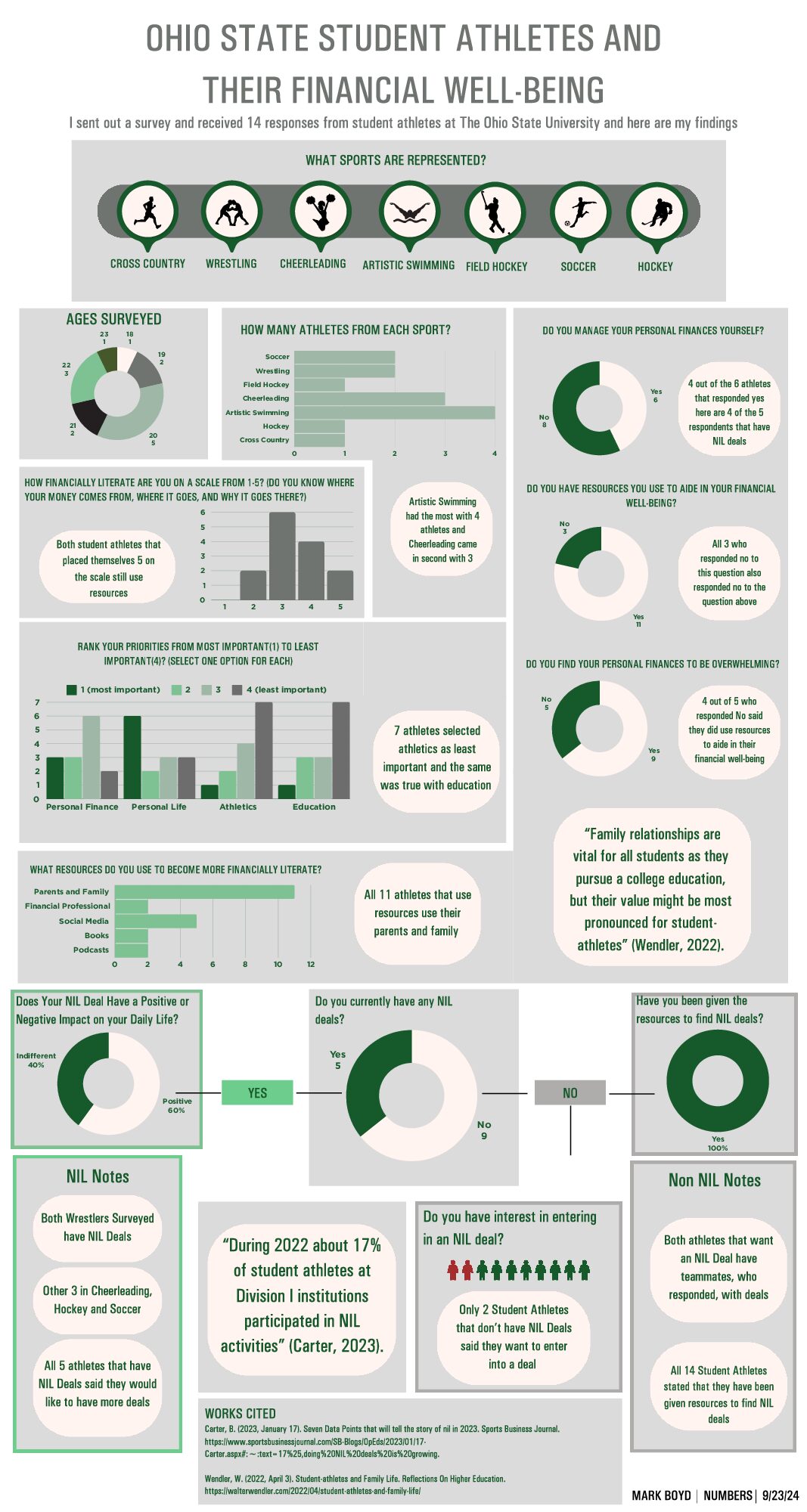AR/VR technologies are a promising addition to the “edtech” space due to their immersive nature, ability to share information in new and engaging ways, and potential to offer virtual experiences that can mitigate barriers from cost or distance.
Although still in its early stages, there are many promising examples of this technology already in use in K-12, higher education, and teacher training. Applications range from STEM education and technical training to arts and humanities. AR/VR can provide K-12 educators with interactive and engaging tools for classroom learning. These include libraries of immersive content, experiences for specific subjects or learning objectives, and tools for students with learning disabilities. In higher education, AR/VR can help learners grasp abstract concepts and gain hands-on experience in low-risk virtual settings. This can enhance STEM courses, medical simulations, arts and humanities materials, and technical education.
Congress should direct the Department of Education to invest in programs, resources, and initiatives that will guide the development of AR/VR educational solutions and encourage further innovations in this field.

Digital technologies are continually transforming the field of education. In a 2019 Gallup survey, 65 percent of U.S. public school teachers said they used digital tools every day, while 13 percent used them a few days a week—and 85 percent saw “great value” in using them in the future.1 As momentum for educational technologies continues to grow, educators and institutions are looking for new ways to integrate digital solutions into classroom experiences. Augmented reality and virtual reality (AR/VR)—immersive technologies that enable users to experience digitally rendered content in both physical and virtual spaces—offer notable potential for edtech innovation.
AR/VR technologies have enormous potential to transform the way students learn at all levels. But the promising future of immersive learning is not guaranteed. It is important to note that many elements beyond the technology itself will determine the success of AR/VR solutions in educational settings—and policymakers should take action to create an environment in which innovation in this sector can thrive.96 Addressing key considerations of technical knowledge, educational content, health and safety, and accessibility can encourage more widespread adoption and incentivize ongoing innovation to realize the full potential of AR/VR as an educational tool.
Going forward, it will be important to ensure instructors have the necessary skills and knowledge to implement AR/VR solutions in their lesson plans and create opportunities to develop necessary content, including equipping students and educators with the skills to do so. Policymakers should support further innovation by facilitating content development, investing in necessary research into safety and efficacy, and supporting efforts to expand access to these technologies.
Reflexive Analysis
Little talked about is the governmental side of implementing virtual reality systems into education. While VR is a romantic idea on paper, its fiscal feasibility is limited, especially under tight-gripped congresspeople and unwavering policymakers. Convincing the legislative crowd may be the most formidable challenge to more accessible education.
To sway opinion in favor of a technologically forward-thinking future, we must offer the Department of Education convincing considerations such as how immersive learning tools are an investment in health, safety, and efficacy. The inclusion of these systems would also generally increase American’s financial literacy (a skill we all know could use some sharpening). VR/AR solutions are only at a low right now due to the neutral feedback loop of unfocused content, whereas government support would break this cycle and flood the market with educational material and immersive experiences. Finally, the elephant in the room, cost to schools. Thankfully over the past decade, many schools have invested in safe digital integration like tablets and laptops (as opposed to “unsafe” integration like VR/AR). This fact would only accelerate the adoption of the new tech into schools, as the previously integrated hardware synergizes with the new.
The Promise of Immersive Learning: Augmented and Virtual Reality’s Potential in Education | ITIF
Dick, Ellysse. "The Promise of Immersive Learning: Augmented and Virtual Reality's Potential in Education." Information Technology & Innovation Foundation, ITIF, 30 Aug. 2021, itif.org/publications/2021/08/30/promise-immersive-learning-augmented-and-virtual-reality-potential/. Accessed 30 Aug. 2022.




